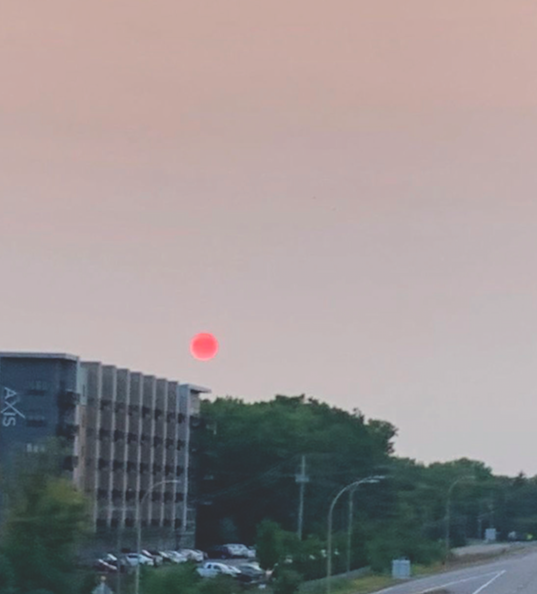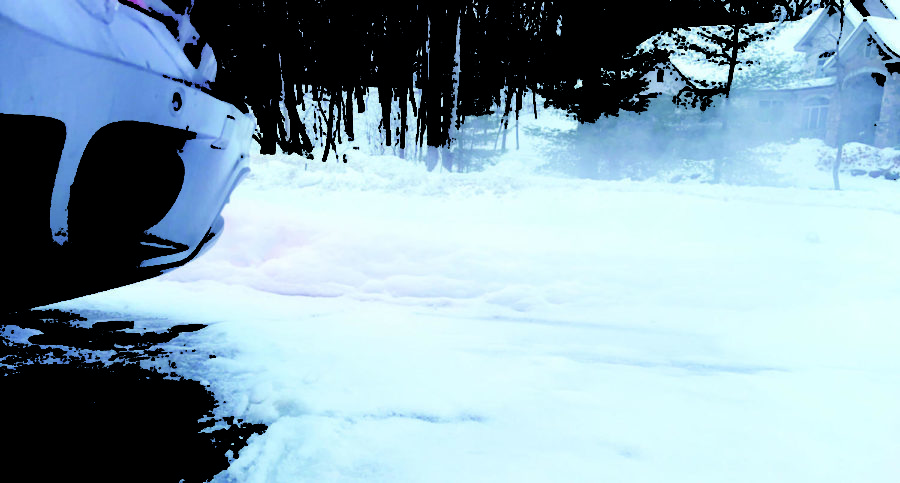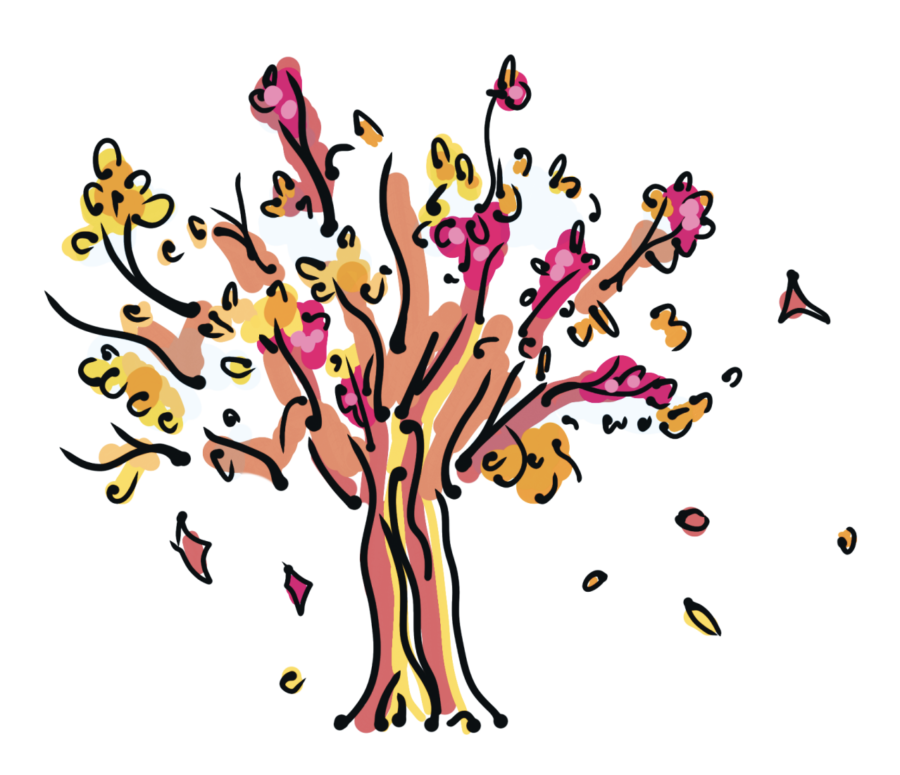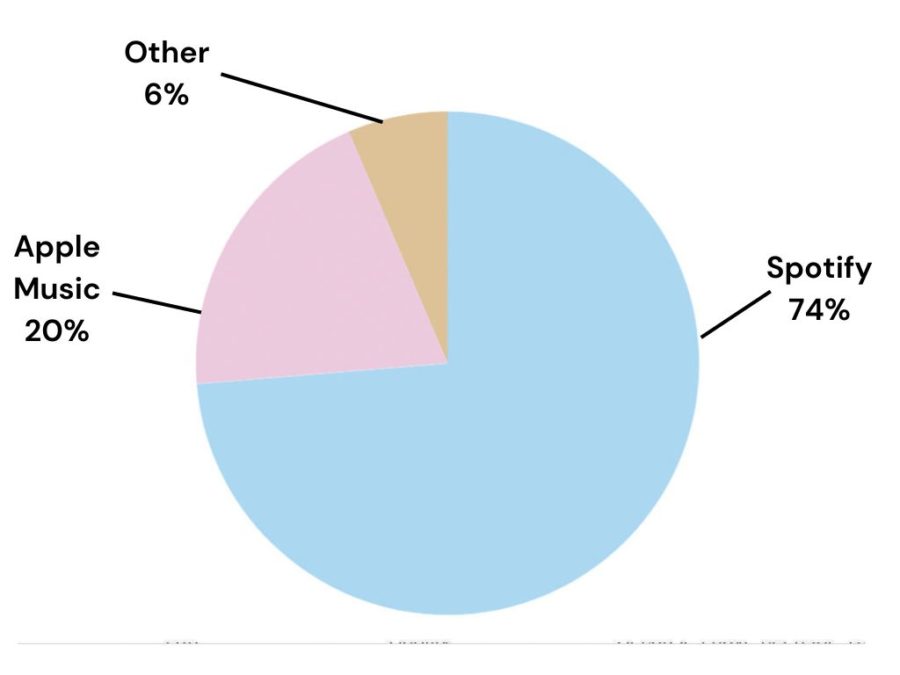
As the wildfires emblaze northern regions of California, firefighters continue to struggle to establish containment of the rapidly spreading fires in the past few weeks. It is estimated that almost 1.1 billion dollars worth of damage has ensued. As the fires continue to wreak havoc, twenty-six individuals have already died and thousands more have been displaced. Furthermore, alongside the fears of the COVID-19 pandemic, yet another immediate complication emerges: blackouts.
As the fires consume power lines, solar panels, and generators, the electric networks within multiple regions of California are being destroyed, resulting in electrical shortages. These electrical shortages are causing many to experience blackouts and power outages. In order to preserve the remaining power grids, Pacific Gas and Electric Company (PG&E) has cut power to almost 721,000 Californians and the number is expected to only rise as the weeks pass by. Power outages affect a wide scale of people and businesses further enforcing those who can, to stay put in their homes.
Additionally, communication efforts are made increasingly more difficult due to the multitude of power outages. Fortunately, the California Independent System Operator (CAISO), a nonprofit organization, is striving to help people affected by the outages. As of last week, the organization has fought hard to maintain regulations regarding evacuation sites, water quality control, starting backup generators, and other actions to help those in need.
For the rest of us watching on the sidelines, we can observe an upward trend of the intensity of wildfires in the past few years. This raises many questions: Is it possible to anticipate future wildfires? If so, are there preemptive measures to take? On a larger scale, the increasingly powerful wildfires in the past few years raise a familiar awareness of the effects of climate change. While California continues to fight the fires, the rest of the world awaits and anticipates their eventual recovery. CNN suggests that people should donate to the organizations that are heavily involved in helping the fires such as Red Cross, Salvation Army, Wildland Firefighter Foundation, Direct Relief and Save the Children.






